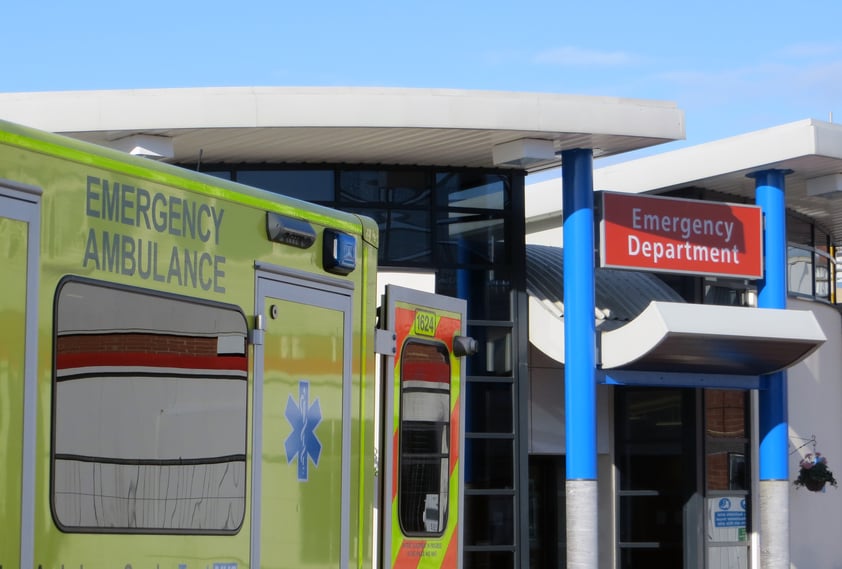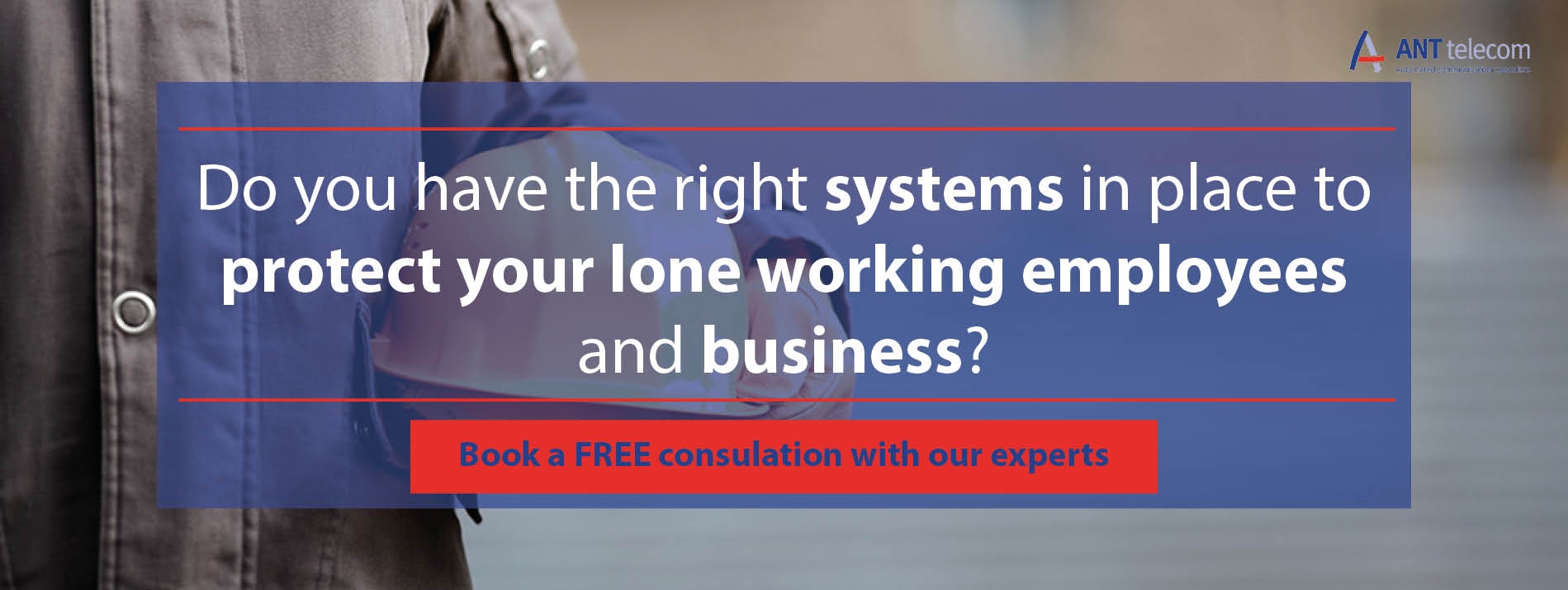
For many hospitals and commissioning groups, interaction between medical staff and other departments can be complicated by difficulties of several types. These types of communication in healthcare are technical, human and organisational in nature. On the technical side, many hospitals are typically reliant on antiquated systems that lack a large amount of modern features. Whilst tried and tested methods such as pagers and telephone trees still offer some benefits in terms of reliability, failure to adapt to improvements in technology will only increase communication barriers in the healthcare workplace. The human side involves individual workloads and working environments, wherein these factors impinge on the ability of staff to process and pass along accurate information. But by using technology to address these human and organisational challenges, we can address all of these issues and increase the ability of employees to deliver care to patients.
One commonly encountered problem in many large organisations is the difficulty in communicating effectively with different departments. Whilst in most commercial businesses, this can lead to inefficiency and wasted funds, in healthcare, the consequences can have a direct impact on the quality of care received by patients. Due to outdated communication technology, the process of requesting physical resources can still be very time consuming, even with paper increasingly being replaced by software in many facilities. This is in large part due to the fact that departments are not on the same mobile platform and are unable to contact each other whilst on the move. This can make even the simplest of tasks a two or three step process creating unnecessary waiting periods whilst requests are actioned. For example, a nurse that requires a wheelchair for a patient may have to first contact the porter’s office who will in turn liaise with their team to facilitate the request.
Of course, once the nurse has made their initial request, they have no real oversight if there are any spare wheelchairs available and how long they should wait before one arrives or before they should chase. A properly automated system (such as a critical alarm management system) can initiate responses to high priority requests long before a human supervisor would be able to address the issue, and still offer teams oversight of when requests were actioned. This frees up employees to deal with detail-oriented tasks whilst greatly speeding up the rate at which day-to-day operations can take place.
Technical problems such as fridges malfunctioning or machinery overrunning its maintenance schedule can pose even more serious risks to the ability of the hospital to provide care to patients. It also creates a liability concern. A critical alarm management system can deal with this too, by allowing managerial and technical staff to pre-plan scheduled maintenance and track any outcomes as part of the same solution, meaning that every employee in the management hierarchy can check that work has been satisfactorily completed. Furthermore, in the event that a machine malfunctions, it can automatically inform the critical alarm system, which can then raise the issue as a high-priority with the relevant technical team. If the system doesn’t get confirmation that work is underway within a pre-planned period of time, then the issue will be escalated to the relevant manager. In this manner, small problems are not allowed to develop into serious incidents that can threaten the standard of patient care.
Direct health and safety concerns are also prevalent when working with rudimentary communication systems, even more so when it comes to lone workers. Hospitals are large sites with lots of areas where phone signal strength can at times be weak, disrupting an employee’s ability to communicate if they are in basement areas or maintenance spaces. Furthermore, purpose-built radiation shielding around some wards can hamper transmissions even further. In the event of an emergency, this can place the worker in grave danger, as if they are unable to move then there will be no way for them to get assistance. In such a situation, these workers need to be able to instantly raise the alarm so that appropriate steps can be taken to help them. Similarly, members of the public can pose a direct threat to the safety of staff and other patients. In such instances, it is essential for the alarm to be raised as soon as possible.
ANT provide solutions to improve mobile communication and protect staff, especially those working alone or are vulnerable to attack. To improve communication between departments, ANT can help hospitals migrate to a single mobile system or integrate existing platforms using middleware systems or applications. This means that critical information and notifications will reach the intended staff (regardless of the device they use) and lone workers can still send updates to the designated response team.
Smartphones that are already carried by staff can be integrated into the critical alarm management system via the use of a simple app, from where requests can be raised and distributed to staff that utilise different mobile platforms. This would allow nurses to easily request a wheelchair and receive confirmation one is on the way direct from the porter’s team. Furthermore, discreet wearable alarm buttons are also offered by ANT, which can be of great help when dealing with agitated and potentially dangerous individuals, allowing staff to summon help without visibly escalating an already tense situation.
The issues described above can be found in many businesses, but they have some of the most serious ramifications if left unchecked in a healthcare environment. By using products and systems such as those that ANT offers, a hospital can deliver a huge improvement in service whilst also improving working conditions for their staff and giving managers hugely improved and streamlined methods of oversight and analysis. At its’ most basic level, having a fully modern communication system improves the quality of patient care by freeing medical staff to go about their regular duties instead of having to use time-intensive and antiquated methods. However, ANT can design their solutions as a ‘bolt-on’ upgrade for existing mobile systems and work procedures, meaning that the introduction of new tools will cause minimal disruption to staff workflow and incur minimal expense whilst doing it.





